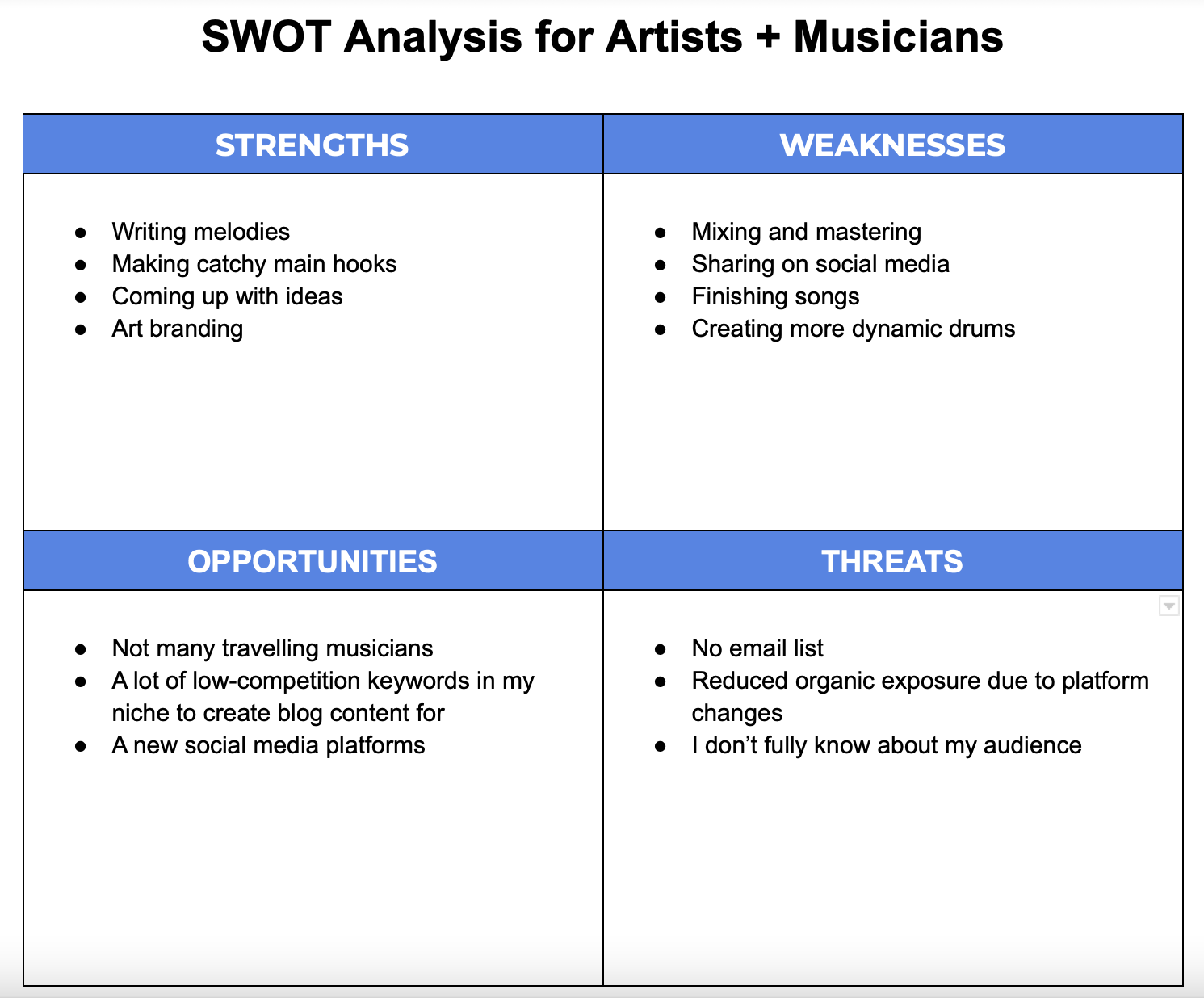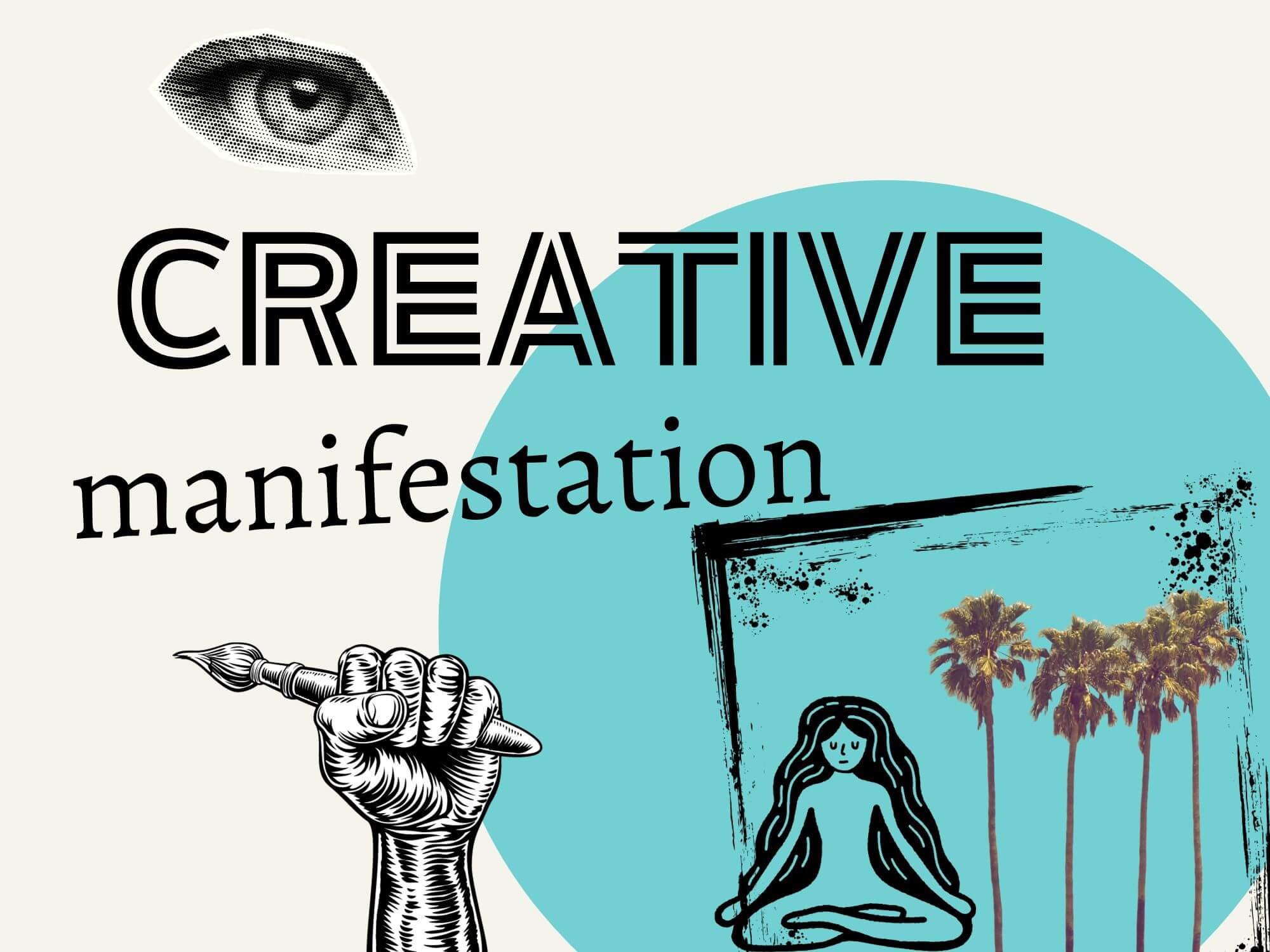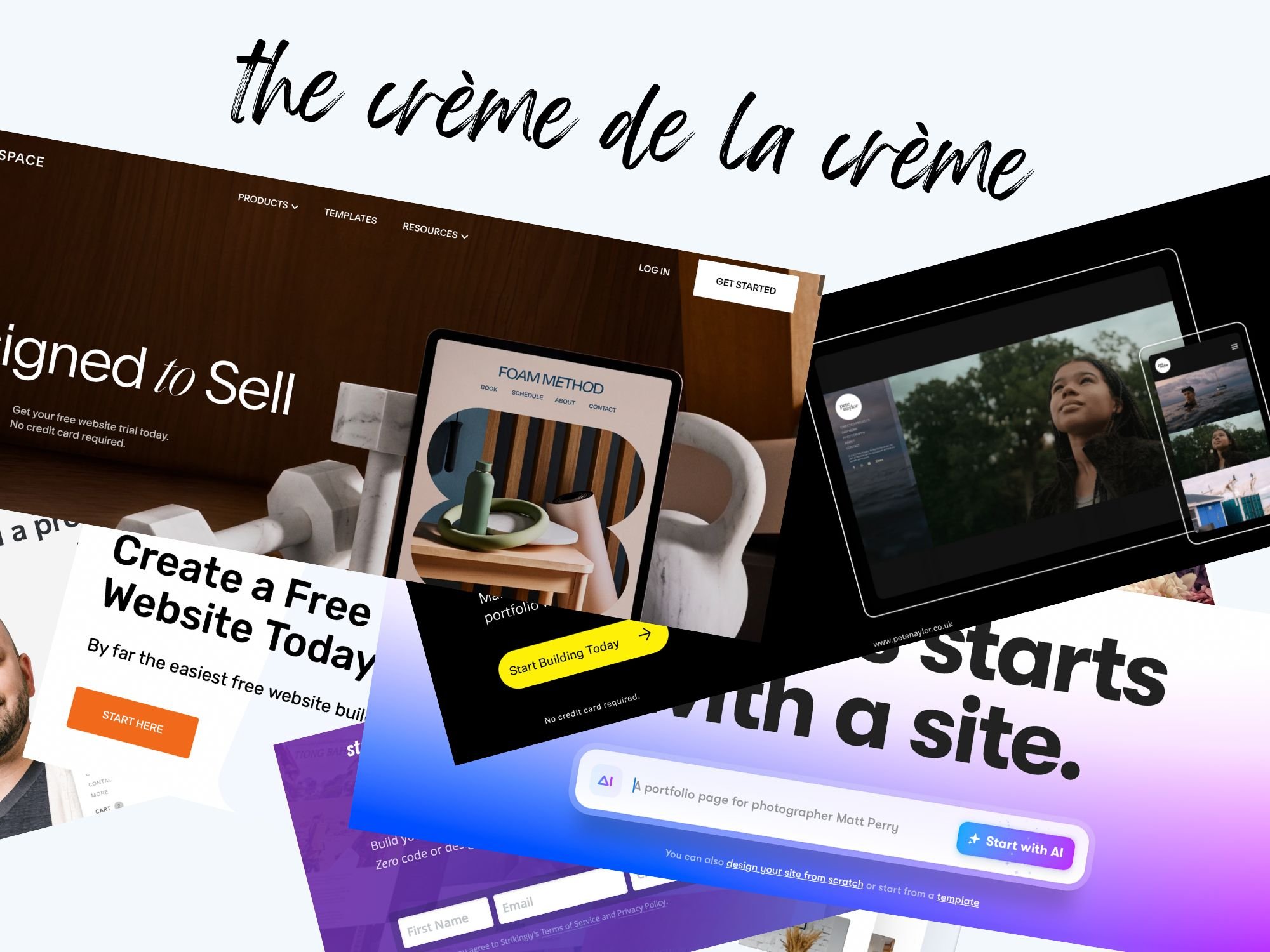SWOT Analysis for Artists + Musicians (6-step guide)
As creatives looking to grow, finding ways to stand out is crucial. Luckily, the business world has given us some pretty sweet tools. So this is how to do a SWOT analysis for artists and musicians.
If you’re unfamiliar with this term, no worries — it’s nothing too cumbersome.
It’s an exercise in personal discovery. So you’ll just need to do some digging and a little self reflection.
Let’s get to it.
What Is A SWOT Analysis?
A SWOT analysis is a staple strategy for businesses looking to better understand themselves, their industry and the competition.
It’s a way to audit their current standing and how they fit in their niche.
But it’s not just for businesses. Entrepreneurs, influencers and creatives can use this method to boost their content, artistic vision and brand growth.
So what is it exactly?
A SWOT analysis is simply an acronym for Strengths, Weaknesses, Opportunities and Threats.
It’s used to:
Identify your strengths
Find your weak points
Uncover opportunities in your niche
Discover threats in your niche
SWOT Analysis Benefits for Creatives
A SWOT analysis is for anyone looking to grow a brand.
So artists and musicians can get a lot out of this strategy.
Here are a few noteworthy benefits:
Get a deeper understanding and sense of your audience
Boost clarity for your brand and vision
Find solutions to your weaknesses and threats
Realize new growth opportunities
Develop solid business habits and become more differentiated
Become more organized and strategic
It’s a form of self development
Discover new creative insights and ideas
Create a customized action plan for brand growth
How to Do A SWOT Analysis (6 Steps)
Okay, on to the good stuff.
The steps below outline the basic process for doing a SWOT analysis. I’ve also included a link to a Google Doc template you can use (if that behooves you).
I like to go through these steps every once in a while (every few months) to keep things current.
1. Decide On Your Goals + SWOT Objectives
So, why are you doing a SWOT analysis?
No shame if you don’t have a clear answer! But getting some clarity here will help you take full advantage of this brainstorming tool.
Whatever it is you’re working on, it’s helpful to start with your goals.
So that’s where we’ll begin.
To better dial in on our SWOT goals and objectives, consider these questions:
What do I want to accomplish this year?
Where do I see myself in 5 years?
What are my goals in music and art?
Who is my ideal audience?
How would someone else describe my art of music? Is it accurate?
How do I define success and how close am I to that success?
What’s my superpower?
What’s my kryptonite?
Why am I doing a SWOT analysis and what do I hope to get out of it?
2. Prepare A Table
Creating a table helps to visualize things better.
This can be digital or physical — whatever you prefer.
I created a simple Google Doc template as an example.
Download this template here.
Once you’ve got your table ready to go, it’s time to start filling it out.
So let’s keep moving.
Hot Tip: I like to add a fifth section for In Progress. This is a spot to move weaknesses that I’m actively working on. This keeps things organized.
3. List Your Artist or Musical Strengths
Let’s start filling in our table. Let’s start with our strengths.
The key here is to be honest and list out your actual strengths. Because there is a difference between our realized skills and our dream skills (or the things we think we’re good at).
So it’s important to be brutally honest with ourselves here. This will be especially important when we list out our weaknesses (which is usually harder to do).
Here are some examples of musical strengths:
Creating strong melodies and hooks
Digital music production
Singing
Playing guitar
4. List Your Artist or Musical Weaknesses
Now that we have our strengths dialed in, let’s move to the harder side of the coin: our weaknesses.
This can require some serious self awareness and personal reflection. And it can help to ask any honest friends or family. Or if you’re super brave, you could ask the internet at large.
But really, once you start thinking critically and listing out areas that could use some improvement, realizations usually start flowing.
Just remember, that your weaknesses have nothing to do with your skills, abilities, value and potential as an artist or musician. We’re all on a journey and constantly improving.
So keeping a beginner and growth mindset can help with mental health here.
Here are some examples of potential musical and art weaknesses:
Finishing song ideas or art projects
Live performance skills aren’t up to snuff
Making art or music more interesting and dynamic
How to make paintings more emotional and captivating
Learning new trends or trying different artistic styles
Stage fright or nervousness for sharing work in public
Creating social media content around my projects
Staying consistent (with social media, new artwork, etc.)
5. List Potential Opportunities In Your Genre or Niche
Now it’s time to turn attention away from ourselves and towards our niche or genre.
But since we have a more organized realization of who we are (our strengths and weaknesses), we can better identify potential opportunities.
Layering your strengths can reveal your unfair advantage.
For example, two of my strengths are songwriting and blogging. So I could combine these to create an opportunity (creating a personal blog on music).
Knowing how and where your different reveals opportunities. Here are some questions to consider:
What are other artists in your orbit are doing? What’s working for them?
How can you make improvements or differentiate from others in your niche?
What new or untapped technologies are there?
Are there any new ways your audience is consuming your content?
All of these questions can help you identify potential opportunities.
But here are some more examples worth exploring:
A new social media platform
New trends or technologies
A unique blend of your skills that no one else can do
Leveraging your unique and personal experiences
Low competition keywords in your niche (great for blog content)
Finding collaborations and sharing audiences
Doing collars outside of your niche (e.g. partnering with a travel filmmaker)
Finding art grants or crowdfunding opportunities
New local businesses (they’re going to need artwork for those walls)
Local cafes or stores (they’re could use some fresh music on their playlist)
Art for charity opportunities (creating projects for a social cause, for example)
Patience (people often “fail” because they quit too early — so have a 5 or 10-year mindset)
6. List Potential Threats In Your Genre or Niche
Understanding opportunities is crucial. But, understanding threats is equally important.
I think it’s important to note here that we should not see other artists or musicians as threats. We’re a collaborative community and this is one of our core strengths.
So when I say threats here, what I really mean is objectively looking at your brand and your work and how you stack up to the trends and your audience’s interests, passions and values.
Here are some examples of threats for creatives:
New technologies (AI and creativity, anyone?)
I don’t actually know who my audience is
No email list
All of my followers are on just one platforms
New laws or regulations
Your brand is built on something temporary (like a trend)
Overnight success that’s too quick (the learning process of growth is everything)
Algorithm or consumer behavior changes
So, is your brand strong enough to sustain industry changes, trends and advances in technology?
Is your whole audience only on one platform, which could go belly up overnight?
Do you know why some of your videos or projects are more successful than others? Do you know who your audience is precisely and what their interests, goals and values are?
All of these things can reveal weaknesses and threats to your growth as a creative.
That’s A Wrap
Once you make your SWOT analysis, it should be a living document.
As creative entrepreneurs, we’re always evolving, changing and growing — just like our niche and our audiences.
So we need to keep things updated.
It’s a new world. We can self-produce, distribute, market and grow a fanbase all on our own. There are no gatekeepers. It’s an amazing time.
But this means we need more knowledge, focus and business finesse to take full advantage of these opportunities.
So never stop learning, keep pushing forward and I hope this post is another helpful springboard to your continued success.
Want More? Check Out These Sweet Reads!





